|








| |
  
|
A set of
artificial 3D models was used to evaluate the performance of the proposed
framework, as shown in Fig.1. Each model was represented by 2 reference
views obtained by applying different orthographic projections on the 3D
models. For each model, all possible groups having 8 point features were
considered. A total of 2,242 set of views were generated and stored in the
coarse k-d tree. Then a dense number of views was generated for each model
group and its manifold was learned using EM algorithm. The ratio of sparse
to dense views used was 2%. |
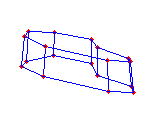
|
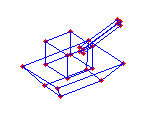 |
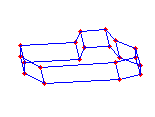 |
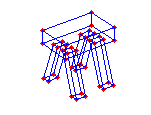 |
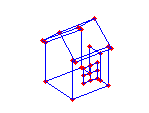 |
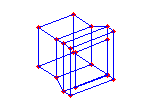 |
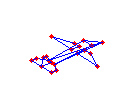 |
 |
 |
 |
|
Figure 1. Model Database |
|
The test views were generated by applying
random orthographic projections on the 3D models. We also added 3 pixels
random noise to point features of the test views. We did not assume any
knowledge of the point feature correspondences between model and scene
groups, however, we did assume that point features have certain ordering in
the group. Assuming that there is no easy way to select the initial point
feature in a group, we considered all possible circular shifts of point
features when searching the k-d tree. Table 1 shows some query results. |
|
Table 1. Probabilistic ranking for the queries |
|
Query |
Shift |
Cand. |
Prob. |
Rank |
|
Rocket-g1 |
0 |
Rocket-g1 |
(539.1,1922.9) |
0.94 |
| |
4 |
Rocket-g1 |
(674.4,3562.1) |
1 |
|
Rocket-g2 |
0 |
Roeckt-g2 |
(32.66,171.94) |
1 |
| |
4 |
Bench-g2 |
(0,0) |
0 |
|
Rocket-g3 |
0 |
Rocket-g3 |
(21.45,137.07) |
1 |
| |
4 |
Bench-g4 |
(0,87.22) |
0 |
|
| |
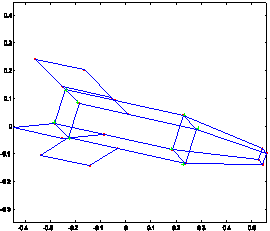 |
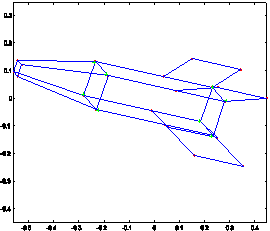 |
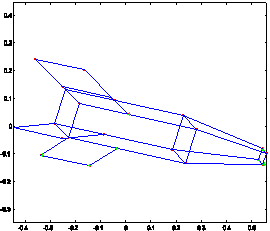 |
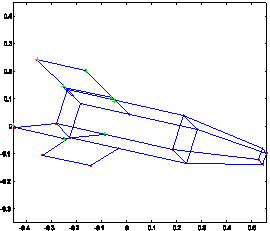 |
|
Figure 2. Verification results of the rocket query |
| |
|
Back to Top |
|
![]()